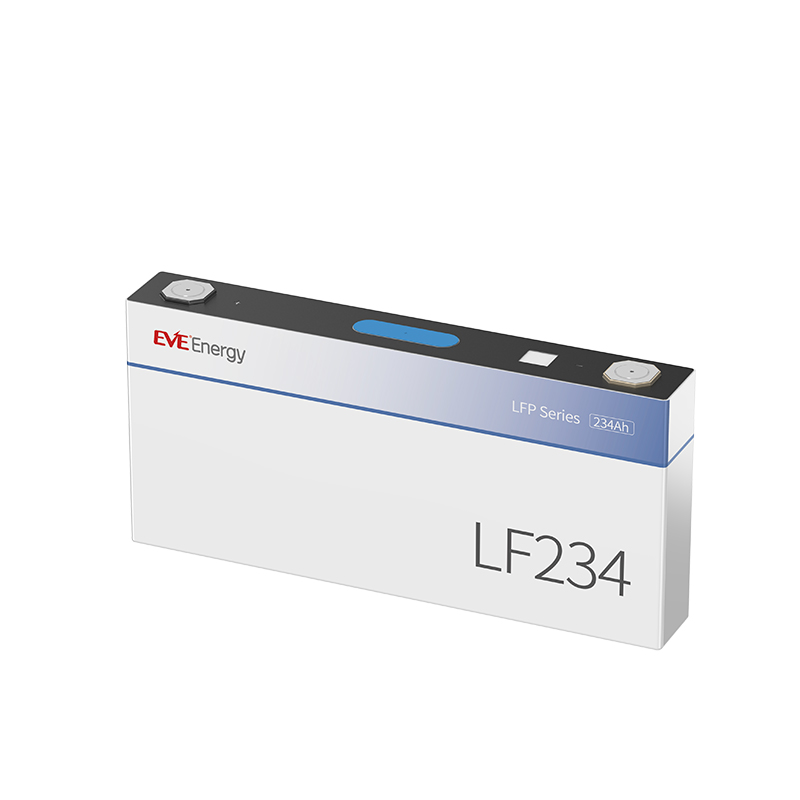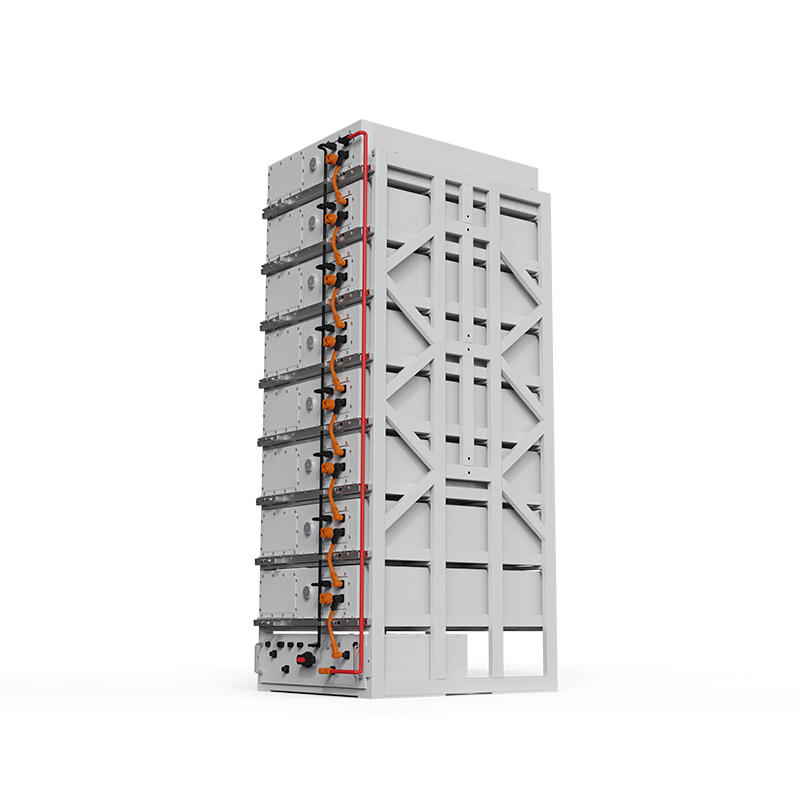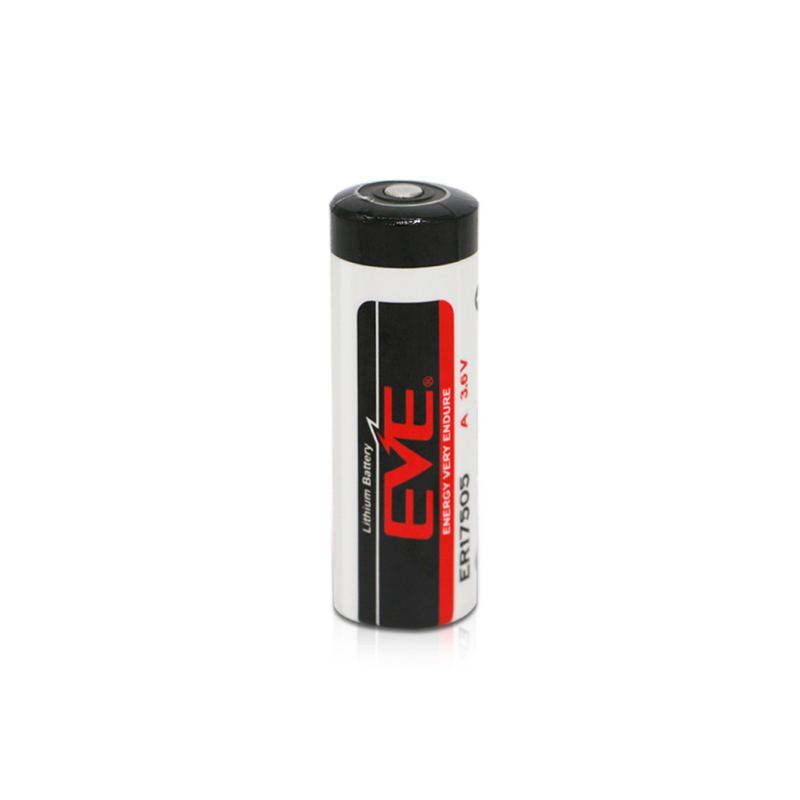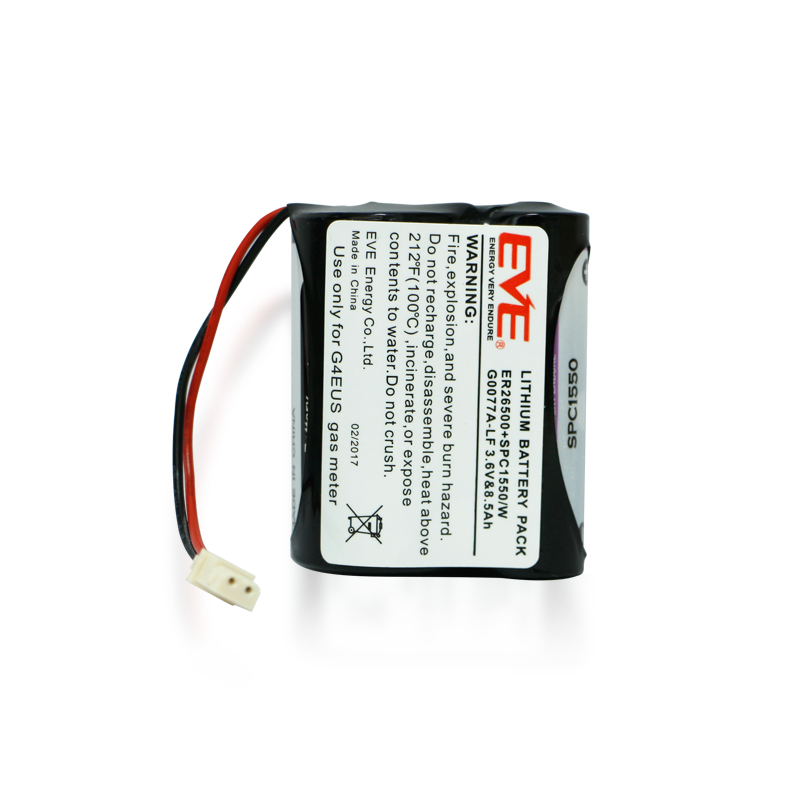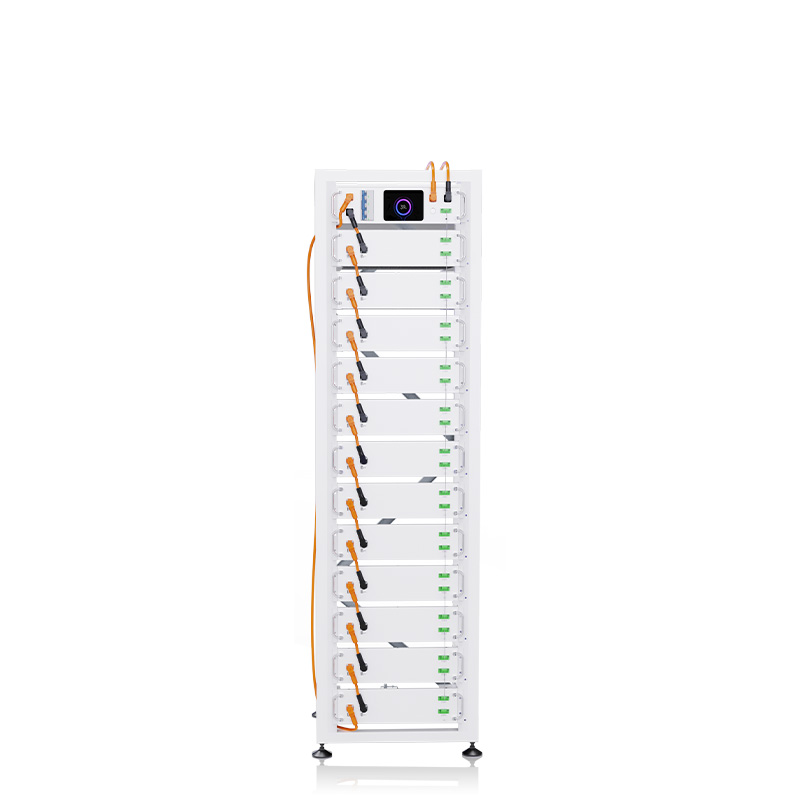-


2025.12.18
Adhering to Long-termism and Striving for Excellence: EVE Energy Shares Industry Insights and Solid Practices at the 2025 Gaogong Energy Storage Annual Conference Closing Ceremony -


2025.12.16
Thousand-Mile Drive, Seamless Arrival -


2025.12.09
Innovation Drives Development, Collaboration Fosters Shared Growth | EVE Energy at Marintec China 2025 -


2025.12.04
EVE Energy Highlights Technology Leadership and Global Strategy at BNEF Summit -


2025.11.27
1.48 GWh! EVE Energy and Vimab BESS AB Sign Memorandum of Understanding to Advance Europe’s Energy Transition -


2025.11.13
Leading the Energy Revolution: EVE Energy Builds a New Global Cornerstone for Energy Transition with Innovative Technologies -


2025.11.13
EVE Showcases at HUBA Day, Deeply Decoding Its Europe Localization Strategy -


2025.11.07
EVE Energy and CEGASA Announce 1 GWh Strategic Partnership to Advance Energy Storage Across Europe -


2025.11.05
2.2GWh! EVE Energy and EVO Power Sign Strategic Agreement to Accelerate Expansion in Australia -


2025.11.04
EVE Energy's Mr.Giant Energy Storage System Launches in Australia -


2025.10.20
EVE Energy Advances Saudi Vision 2030 at Solar & Storage LIVE KSA 2025 -


2025.10.20
EVE Energy Defines New Value for Energy Storage with Large-Battery Technology at SNEC ES+ 2025
- HOME
-
Power Battery
Prismatic LFP CellCylindrical LFP CellPrismatic NCM CellPouch NCM CellModule&Battery Packs
-
Consumer Battery
Cylindrical NCM CellCylindrical LFP CellLi-SOCl2 BatteriesLi-MnO2 BatteriesER+SPC Solution
-
Mobile Energy
Household Energy Storage SystemPortable Power Stations
- Solution
-
Contact Us
Corporate use or trade procurement You can contact us for professional support.
- About Us
Search
Popular searches











